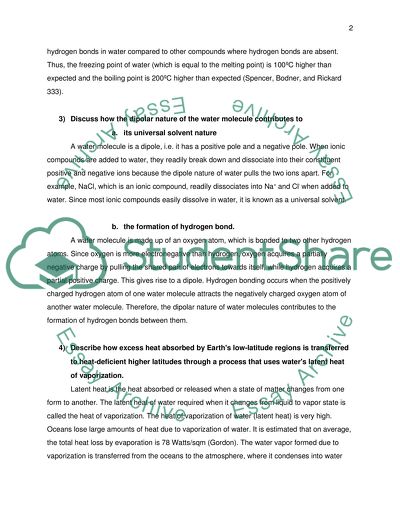Cite this document
(“Discussing Issues Relating to Oceanography Assignment”, n.d.)
Discussing Issues Relating to Oceanography Assignment. Retrieved from https://studentshare.org/environmental-studies/1580738-oceanography-discussion-short-essay
Discussing Issues Relating to Oceanography Assignment. Retrieved from https://studentshare.org/environmental-studies/1580738-oceanography-discussion-short-essay
(Discussing Issues Relating to Oceanography Assignment)
Discussing Issues Relating to Oceanography Assignment. https://studentshare.org/environmental-studies/1580738-oceanography-discussion-short-essay.
Discussing Issues Relating to Oceanography Assignment. https://studentshare.org/environmental-studies/1580738-oceanography-discussion-short-essay.
“Discussing Issues Relating to Oceanography Assignment”, n.d. https://studentshare.org/environmental-studies/1580738-oceanography-discussion-short-essay.


